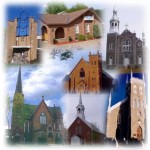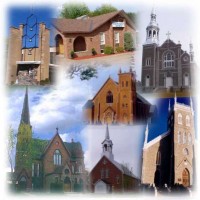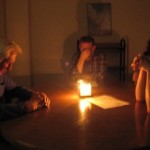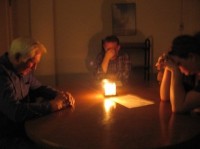Churches often identify themselves with their buildings, even though Scripture does not. How did this happen?
A full-length book is needed to fully explain the cultural and theological history about how the church began to identify itself with buildings. I will try to summarize it in a few blog posts. If you want to read more, I highly recommend The Subversion of Christianity by Jacques Ellul, and Pagan Christianity by Frank Viola and George Barna.
This post summarizes the first 100 years or so of church history, much of which you can read about in Acts and the Epistles.
 When considering the history of church buildings, it is crucial to remember that almost all of the first followers of Jesus were Jewish. There were a few Samaritans (cf. John 4) and an isolated Gentile or two (Matt 8:5-10; 15:21-28), but for the most part, the masses that followed Jesus were Jewish. Even after the birth of the church in Acts 2, the vast majority of the early Christians were Jewish, and most of the Gentiles who converted were “God fearers” which means that they knew and respected the teachings of Judaism, and even followed many of the Jewish traditions and practices (cf. Acts 10:2).
When considering the history of church buildings, it is crucial to remember that almost all of the first followers of Jesus were Jewish. There were a few Samaritans (cf. John 4) and an isolated Gentile or two (Matt 8:5-10; 15:21-28), but for the most part, the masses that followed Jesus were Jewish. Even after the birth of the church in Acts 2, the vast majority of the early Christians were Jewish, and most of the Gentiles who converted were “God fearers” which means that they knew and respected the teachings of Judaism, and even followed many of the Jewish traditions and practices (cf. Acts 10:2).











